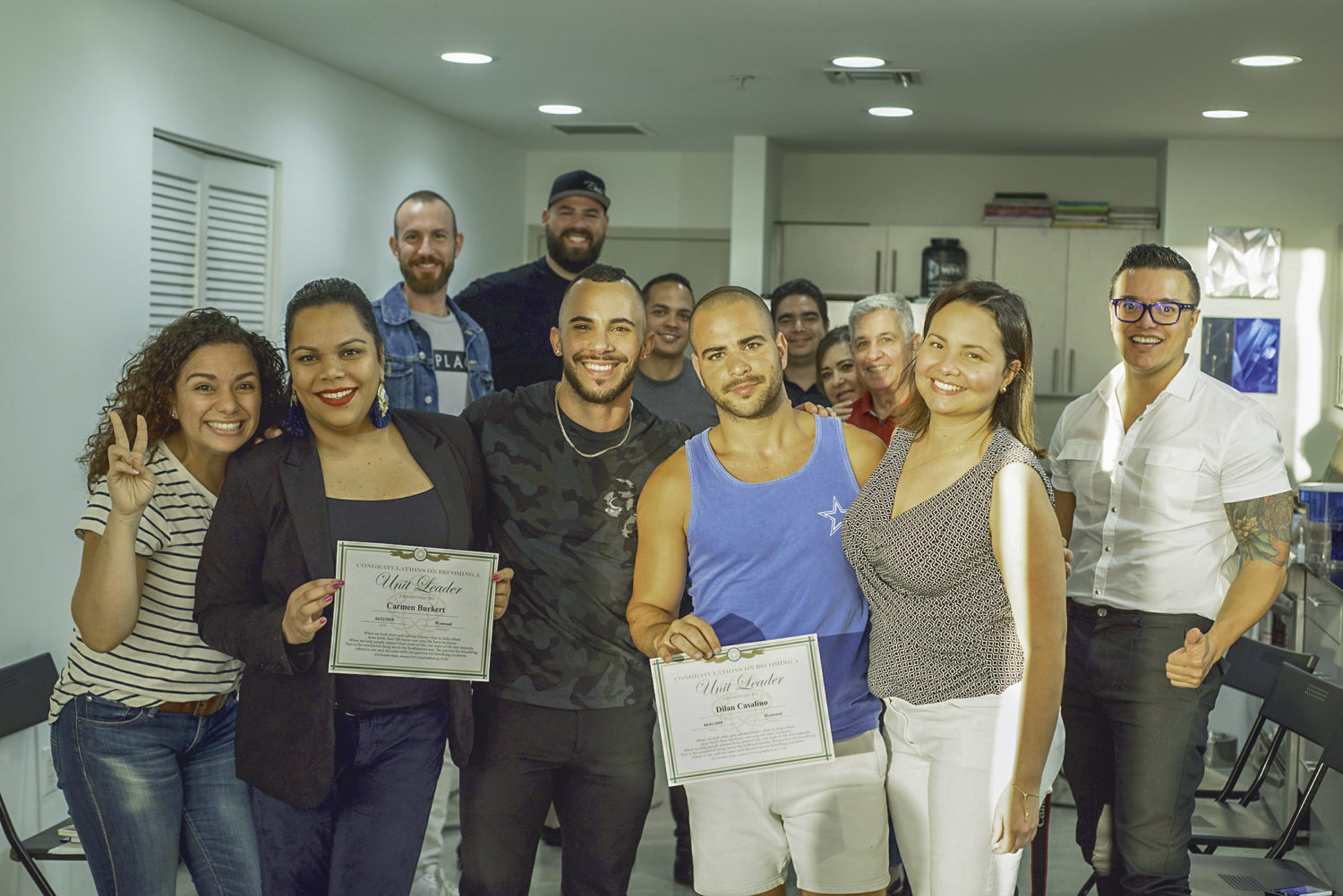In the following excerpt from A Baptist Preacher’s Buddhist Teacher, Lawrence Edward Carter Sr., the founding dean of the Martin Luther King Jr. International Chapel at Morehouse College, applauds Soka Gakkai discussion meetings as gatherings of the people, rooted in faithfulness and a willingness to be vulnerable. In this excerpt, he refers to the SGI discussion meetings as “house meetings” and emphasizes the power of these spaces, where sharing mutual encouragement is the norm.
One of the unique features of the Soka Gakkai International—both today and in 1947, when the 19-year-old Daisaku Ikeda first met his mentor, Josei Toda— is that they congregate primarily in semi-formal discussions held in one another’s homes. While the SGI has many centers of varying sizes throughout the world, its members do not view those centers the same way that most Christians might view their local church edifices. Many events or activities are held at the SGI centers, but the basic place where the members congregate is in these house meetings …
These discussion meetings, as they are known, are one of the most interesting features of the SGI. The primary congregational emphasis of the SGI rests not on any temple or church or monastery or mosque or synagogue or center, but on small group gatherings in the homes of practitioners. I believe that this is, at least in part, because the SGI is a lay-based movement. Gathering in formal temples or churches confers a special power on the clerical authority residing in those sanctuaries and speaking from those pulpits.
Gathering in people’s homes seems, by contrast, inherently populist and democratic, with everyone informally dressed. I have come to appreciate it as a deceptively simple expression of the inherent egalitarianism of the SGI.
Members of the SGI conduct their traditional chanting form of worship when they gather. But their gatherings are conducted by fellow believers, not by clergy wearing robes and conducting ceremonial rituals. After their communal worship, the order of service does not consist of readings and a sermon of the sort with which I am familiar but rather is composed of a lively, often high-spirited discussion on various topics.
I must confess, at first their gatherings looked more like a group of friends gabbing over coffee than the worship services familiar to me. But when I listened to the content of their discussions, I was inspired by the genuine faithfulness, the willingness to be vulnerable and the spirit of mutual encouragement that filled those gatherings as they openly shared personal struggles.
At this point, I have been to SGI meetings of many types in many different countries. I have also been to some grand SGI centers in major cities, like London, Seoul, New York, Tokyo and Singapore. The SGI certainly understands hospitality, and the members know how to put on a show. I have attended cultural festivals with thousands of performers, featuring beautiful dance performances, music and feats of gymnastics. I have participated in large-scale general meetings both in the United States and in Japan, and seen them gather hundreds, and even thousands, of people to hear eloquent speeches filled with an air of solemnity. All of these have impressed me. But I have come to appreciate that, as impressive as their facilities may be, and as grand as many of the events I have attended were, the heart of the SGI is in small group discussion meetings held in local neighborhoods for people living in those communities. They do not have pipe organs and mass choirs to complement their chanting. In that respect they resemble Islam. Musical talent and soloists, however, are included in many other cultural programs.
In 1947, there was a handful of Soka Gakkai members struggling to rebuild their communities out of the wreckage of postwar Japan. Then as now, discussion meetings like the one the 19-year-old Daisaku Ikeda attended on Aug. 14 of that year were the mainstay of the organization. Today they have millions of adherents worldwide—but they are still meeting in one another’s homes.
How has the SGI grown so rapidly, from a small Japanese community of just a few thousand in 1951 to an organization of more than 12 million members in 192 nations and territories around the world today?
I understand from Ikeda that the discussion meeting has always been the heart and soul of the SGI organization, that this is the “home” for all SGI members, the place where almost every member (including Ikeda himself) first encountered Nichiren Buddhism. It has grown to an astonishing membership in large part because of these home gatherings.
I have come to appreciate that the SGI gatherings are full of both new introductions and constant affirmations. Their discussions are feasts of affirmative words, ideas and possibilities. It seems to me that Ikeda has inspired a great discussion that is alive throughout the organization he worked so hard to build. I have seen these discussions take place in small gatherings in Atlanta, in Los Angeles, in Australia, in Africa, in New Zealand, in Singapore and in many other places around the world; always they are lively and filled with inspiring ideas. The SGI is an organizational spiritual affirmatorium seeking to achieve everybody’s enlightenment and happiness.
The full text can be found in A Baptist Preacher’s Buddhist Teacher, pp. 131–34.
You are reading {{ meterCount }} of {{ meterMax }} free premium articles

